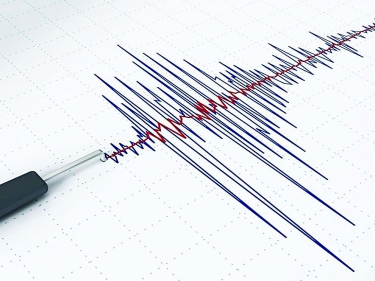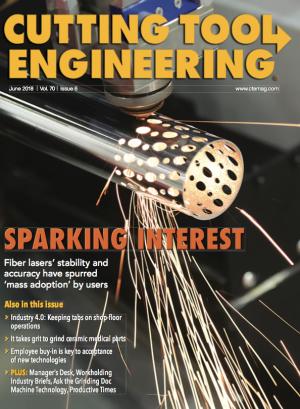For most U.S. regions, particularly California, it’s not a matter of if the next natural disaster will strike, but when.
The recent Northern California wildfires damaged or destroyed more than 700 businesses. And the 2017 Mexico City earthquake continues to have experts speculating on Southern California’s “big one,” with damages projected to reach upward of $300 billion.
Acknowledging the inevitability of such an event, the U.S. Small Business Association is offering loans of up to $2 million to repair or replace damaged or destroyed real estate, machinery and other equipment.

Experts predict that the damages from a major Southern California earthquake
could reach $300 billion. Image courtesy of CMTC
While this offers some reassurance, a disaster preparedness plan is still critical to keeping a company afloat. The Santa Monica Office of Emergency Management cited the following statistics about disasters and lack of preparation:
- Companies that fail to resume operations within 10 days of a disaster are unlikely to survive.
- Of businesses that experience a disaster and have no emergency plan, 43 percent never reopen.
- Of those that do reopen, only 29 percent are operating 2 years later.
While everyone hopes for the best, it’s smart to plan for the worst. There are five important areas of a manufacturing business that should be evaluated to stay prepared for whatever may come your way. One of them—Evaluate Your Facilities—is presented here. (To read the other four—insurance, employee skills and pay guidelines, data recovery, and supply chains—visit tinyurl.com/ybmr63vv.)
Manufacturers constantly work to make the factory floor a safe place. But even with the most stringent of safeguards and safety procedures, a disaster can still turn deadly. Here are three steps that will help you better safeguard your facilities:
- Install rollaway shutters on doors and windows
- Double-check bolts and braces on heavy equipment that could topple over or install bolts and braces if they’re not already in place.
- Ensure that all exits are always accessible. There is a tendency to block little used or unused exits to accommodate storage, supplies or equipment.
Some manufacturers also look at their adoption of automation and advanced robotics as part of a disaster plan. Although the initial intent may have been to increase efficiencies, these technologies can also keep employees away from dangerous equipment and hazardous material that could become even more life-threatening in the event of a sudden disaster.
In addition to these safety precautions, you should always be sure that your facility has each of the following supplies stored on the premises:
- a week’s worth of water and nonperishable food, enough to accommodate the maximum number of employees that may be present at any given time;
- first-aid kits;
- fire extinguishers;
- flashlights and batteries;
- waterproof plastic bags;
- a shortwave radio; and
- a generator.
Some of these may sound like no-brainers. Though they already may be in a facility, they often aren’t checked with enough frequency—supplies are used, batteries die over time, and flashlights break. Therefore, it’s important to check supplies regularly.
As recent events have shown, disasters can strike anytime and anywhere, making a disaster-preparedness plan crucial to secure your company and employees.
According to the Office of Emergency Management, more than 60 percent of U.S. workers have expressed concern regarding employers’ disaster-management plans. These worries are stressful and can also affect overall productivity.
Remember, preparation is the best, and sometimes the only, way to save a business struck by disaster.
—Steven Brand, strategic communications manager, California Manufacturing Technology Consulting, Torrance, Calif.
Related Glossary Terms
- recovery
recovery
Reduction or removal of workhardening effects, without motion of large-angle grain boundaries.
- robotics
robotics
Discipline involving self-actuating and self-operating devices. Robots frequently imitate human capabilities, including the ability to manipulate physical objects while evaluating and reacting appropriately to various stimuli. See industrial robot; robot.

